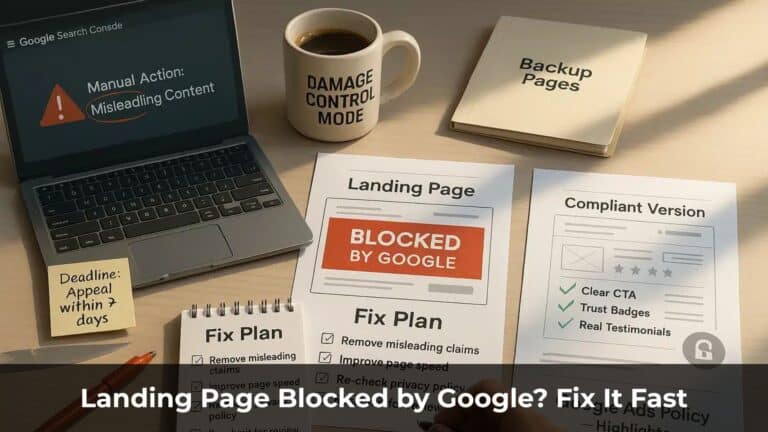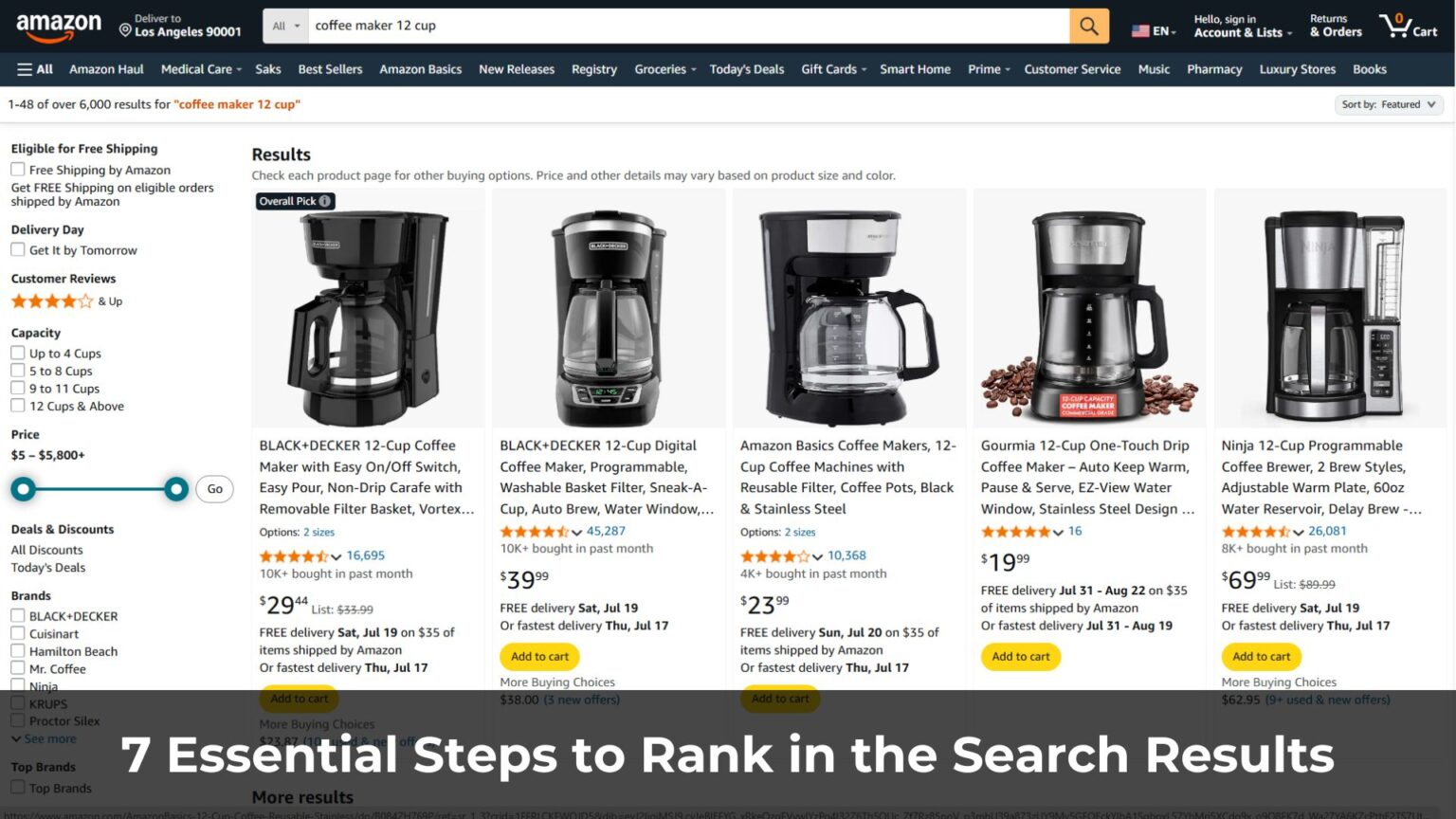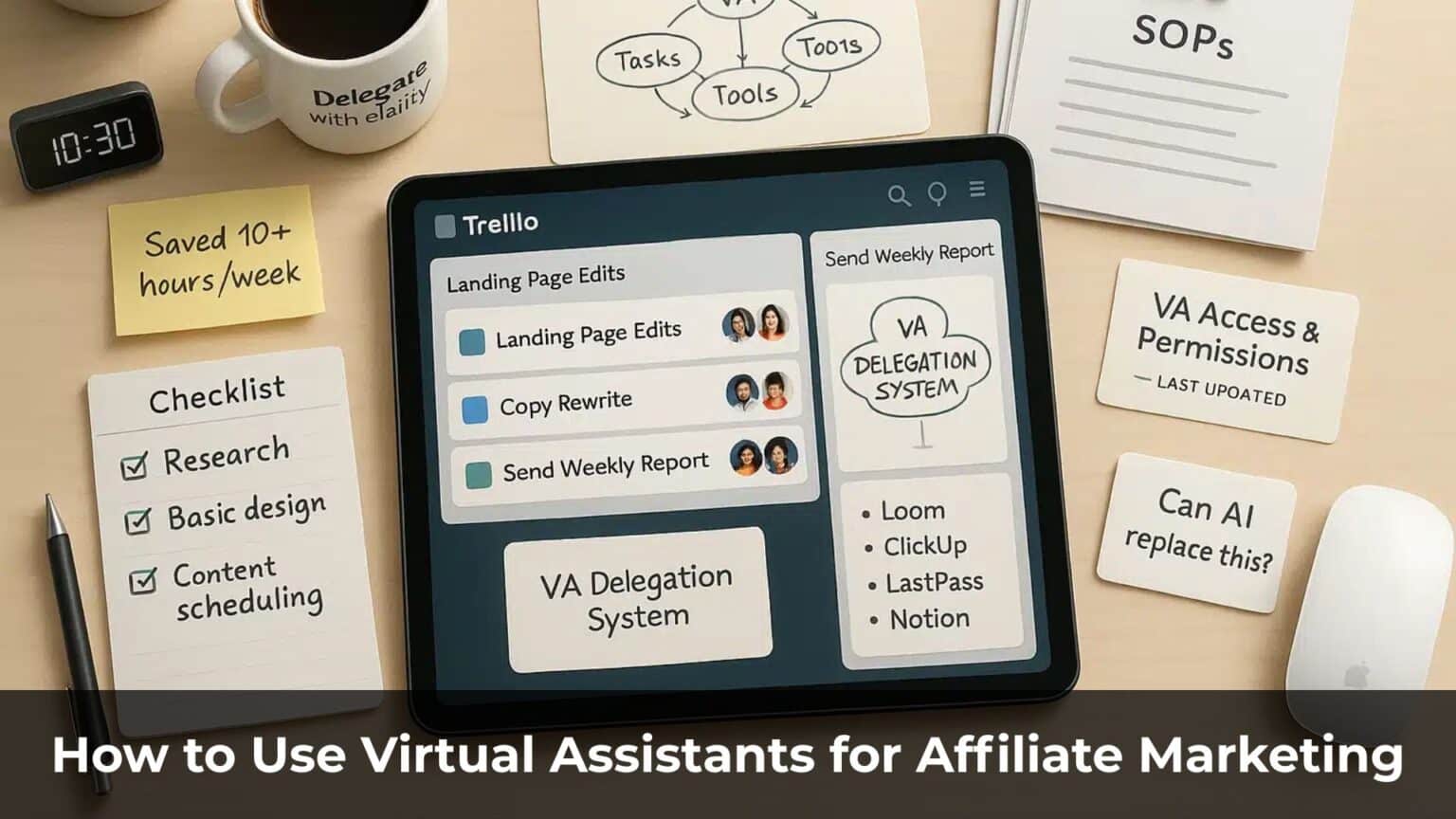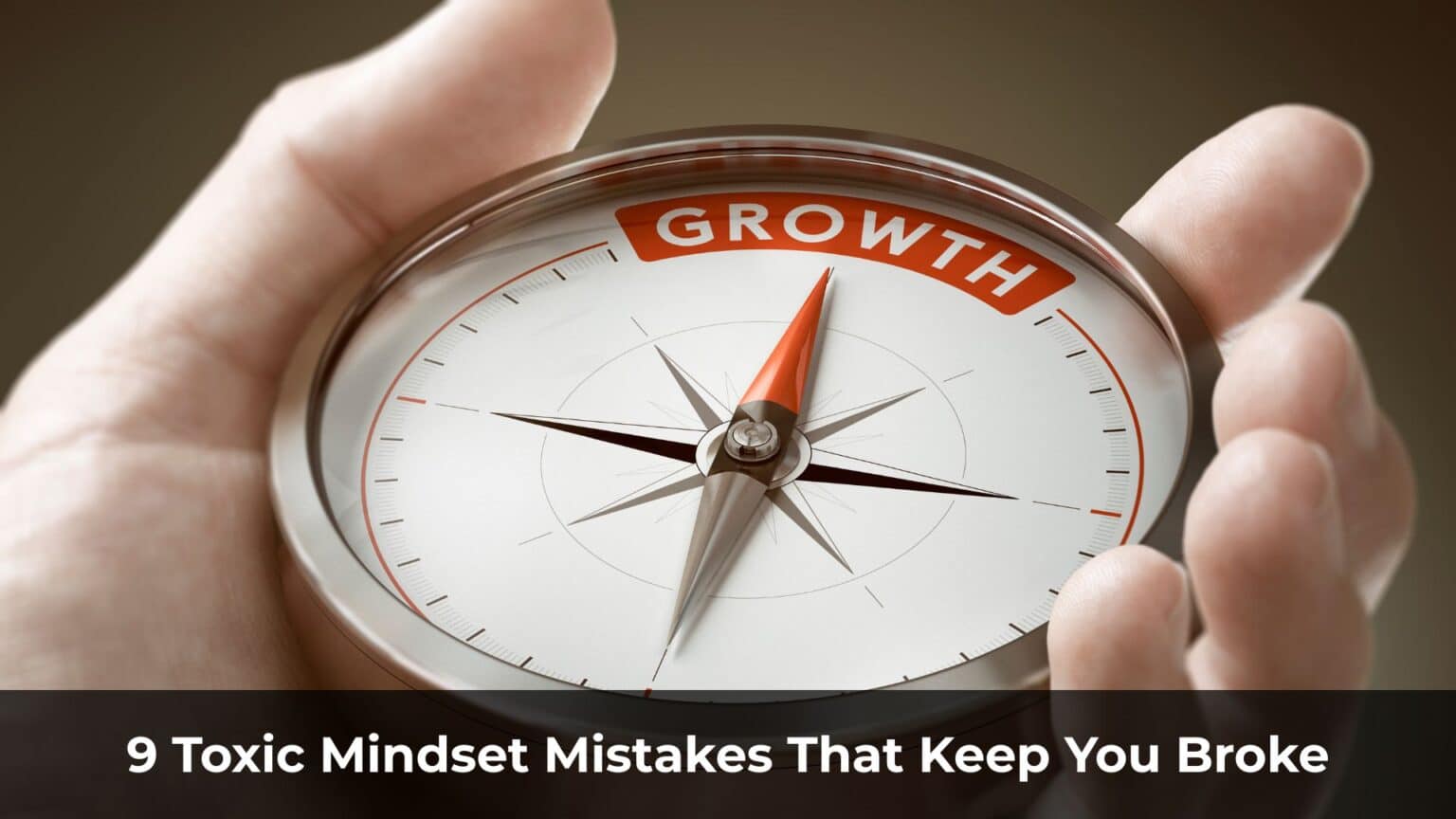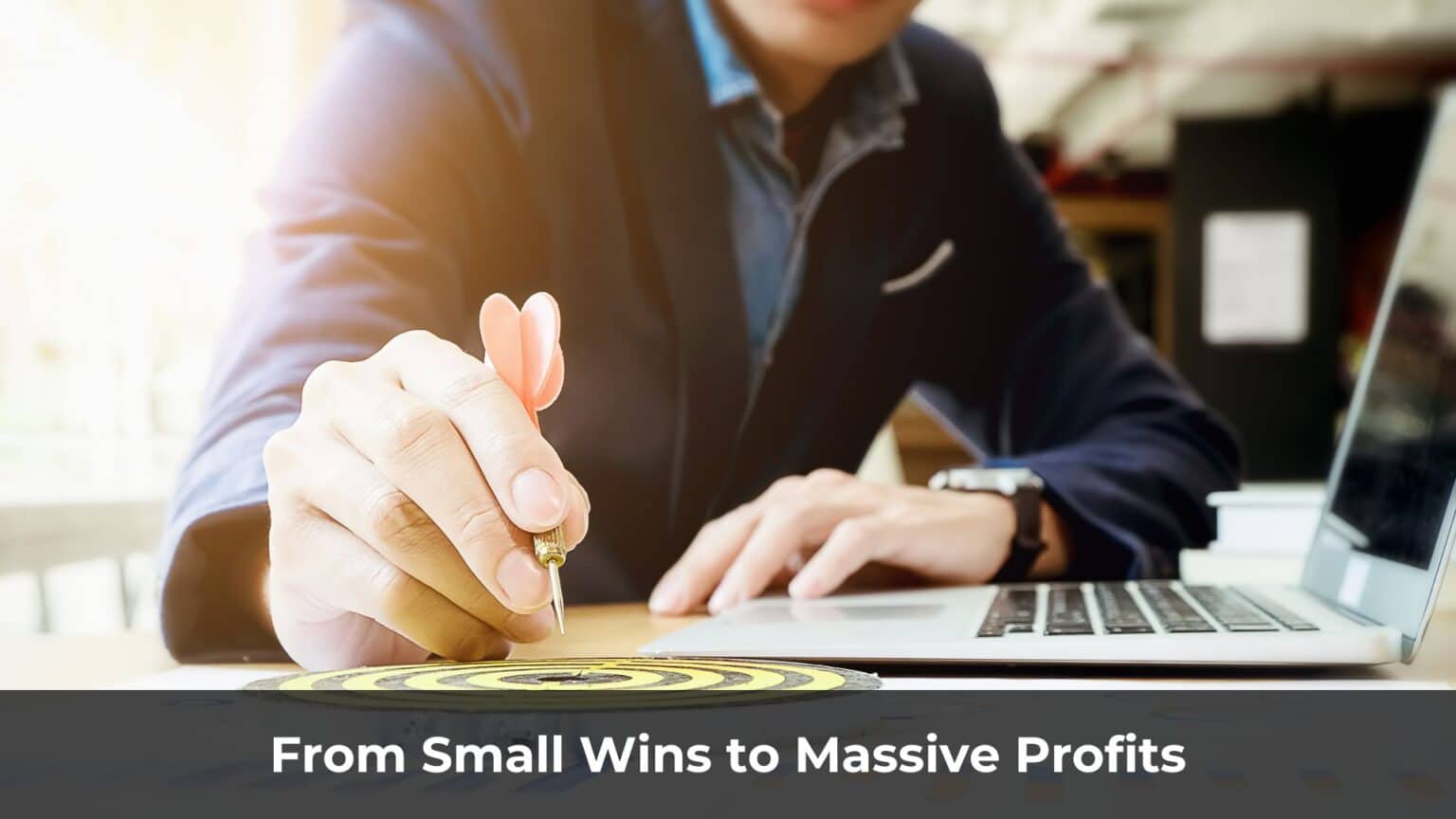Every day, I get messages from people asking how to succeed with affiliate marketing.
Honestly, I’m never quite sure how to answer — because everything I’ve learned is already on my website. But most people miss it.
I don’t blame them. They’re just not used to this kind of work yet.
Personally, I love affiliate marketing.
It has taught me new skills, sparked real passion, and given me the strength to push through some of the hardest times in my life.
If a hundred people start affiliate marketing hoping to make money, most will give up. Only a few will stick with it long enough to treat it like a real business.
What follows are the lessons I’ve learned over the past few years — the ones I wish someone had told me when I was just starting out.
Table of Contents
ToggleStop Making Excuses
One of the most frustrating things to witness is how easily people give up — often before they even start.
They come up with excuses that sound reasonable, but in reality, they’re just ways to avoid doing the work.
Here are some of the most common ones I hear:
- “I don’t know how to code or design.”
- “I’ve got a full-time job and kids. I’m too busy.”
- “I have a hard time focusing. My brain doesn’t work that way.”
But here’s the truth: I’ve talked to many successful affiliates, and most of them started in tough situations.
Some didn’t finish high school.
Some were just 15 years old with no money.
Some were raising five kids while working full time.
Some lived in underdeveloped countries with limited resources.
The difference? They didn’t make excuses.
They found solutions.
I’ve been there too. I used to believe affiliate marketing wasn’t for me because I had a full-time job. But I decided to push through anyway.
I worked 9 to 5, came home, had dinner — and then worked on affiliate campaigns from 7 PM to 2 AM.
Eventually, I moved closer to the office to save 1.5 hours a day and avoid traffic.
I had no design skills either.
So what did I do? I hired someone on Fiverr for $5 to get it done.
The point is: you’re sitting on one of the best business opportunities out there.
You can start with very little money.
And unlike those stuck in shady MLM schemes, you’re building something real.
I’ve spent the past two years living in Asia. I’ve seen people work 16 hours a day, selling fake accounts for $0.50 each — and that’s their life, day in and day out.
You already have a huge advantage.
You know about an industry that’s growing faster than almost any other. That alone puts you ahead.
But here’s what holds most people back: they don’t want to take responsibility.
They don’t want to be the reason they failed — so they create a story that shifts the blame.
One guy once told me, “If I had started at the same time you did, I’d be just as successful.”
I smiled and nodded, but in my head I thought: “You’ve already lost.”
Because when you build a mental prison to protect your ego, you might stay stuck in it for the rest of your life.
Build Your Tolerance for Risk and Discomfort
Some people never succeed with affiliate marketing simply because they have a low tolerance for discomfort.
They run a paid campaign, lose a few hundred dollars, and it rattles them. It feels unbearable.
But let’s put that in perspective.
In the offline world, people face risks all the time. Many spend 12+ years in school, rack up college debts worth tens of thousands of dollars, only to end up driving for Uber or delivering food to get by.
In the U.S., student loan debt can easily exceed $50,000 — and still, many graduates can’t land a job in their field, ending up behind the counter at Starbucks.
Want to open a restaurant?
That often means taking on six-figure loans, working 16-hour days, and still not turning a profit for years.
So when someone gives up because they lost $300 on an ad campaign, I can’t help but shake my head.
I’ve seen people start with that same $300 and eventually build seven-figure businesses.
Losing money in this game is part of the process.
To me, it was never a waste — it was the cost of learning. I paid for data. I paid for experience. And I don’t regret a single dollar.
You have to overcome your fear of losing money.
I still remember the first time I lost a few hundred dollars on ads.
It stung. I kept questioning myself — “Should I keep going or quit now?”
I chose to keep going.
And looking back, that decision changed everything.
Consistent Action Beats Passive Learning
Affiliate marketing is tough — not because it’s overly technical, but because there’s no clear step-by-step guide to guaranteed success.
You’ll fail more often than in most industries. And sometimes, you’ll fail again and again.
The truth is, those who figure it out rarely share everything they know.
Why? Because their knowledge was earned through years of hard work, money lost, and lessons learned the hard way. They use that knowledge to stay ahead — and they’re not about to hand it over to future competitors.
I’m not afraid to share some of what I’ve learned — because with over a decade of experience, I know the gap can’t be closed overnight.
In affiliate marketing, there are no real shortcuts.
Forums, eBooks, and blog posts are full of information, but rarely the kind that leads directly to making money.
Why would anyone give away what actually works, especially for free? That kind of insight, if it exists at all, always comes with a price — and it’s not cheap.
Many people spend thousands on courses hoping for an easy money-making system. But that system doesn’t exist.
Running paid campaigns is a skill. And like any skill, it needs practice.
Launch campaigns. Learn from the results. Make improvements. Then do it again.
And again.
And again — until it works.
Spending $500 on ads will teach you far more than spending $500 on a course.
That’s how you grow.
Your first campaign will probably lose money. It might even be terrible.
But everyone who’s made it through this game has been there. And they kept going.
Don’t Drown in a Sea of Opportunities
One of the biggest traps in affiliate marketing is having too many opportunities.
You launch a campaign — then suddenly an affiliate manager tells you about a new “hot offer.”
An old friend reaches out to pitch a partnership.
You’re halfway through building one funnel… but you drop it because something else looks more exciting.
It’s the classic case of “shiny object syndrome.”
But here’s the truth: you can’t just keep launching random campaigns and hope one of them hits.
Most campaigns will lose money.
The only way to win is to test, collect data, and improve your campaigns until they turn profitable.
Pick one direction — and stick with it:
- Choose one traffic source.
- Choose one niche.
- Set clear parameters: a budget, a timeline, and a goal. (Example: spend $2,000 to test 10 campaigns in 30 days, aiming for at least 3 profitable ones.)
- Keep a journal of what you’re learning from each campaign.
- Set daily micro-goals. (Example: “Tomorrow morning, I’ll launch 5 ads and look for any that hit 0.15% CTR or better.”)
Focus. Commit.
See it through.
Build the Right Circle
Jim Rohn once said, “You are the average of the five people you spend the most time with.”
So surround yourself with people who are working hard, facing their fears, and pushing beyond their comfort zones to grow.
But don’t just look for value — offer it first.
The best way to build strong relationships is to help others without any hidden agenda.
In affiliate marketing, it’s important to recognize who’s actually getting results — and who’s trustworthy.
Connect with other affiliates, build real friendships, and grow together by sharing knowledge and experience.
At the same time, protect your energy. Not everyone is worth your time.
Negative people will drain your motivation.
Some people know deep down that they’ll never succeed — and instead of leveling up, they try to pull others down to feel better about themselves.
Cut them out of your life. Don’t engage.
Be careful of bad actors.
There are people in this space who make money by scamming others — whether it’s not paying for what they buy, or disappearing after selling you a fake ad account.
Affiliate marketing isn’t a corporate job — scams happen more than you think.
The best way to protect yourself? Stick with people who come recommended by those you trust.
When choosing affiliate networks, go with established names — ones that have solid tracking systems and real reputations.
Avoid brand-new networks with no track record, unless they’re personally recommended by top affiliates.
And as you start to see success, remember this:
Success attracts attention.
Just like lottery winners suddenly get calls from long-lost “friends,” you’ll notice more people trying to get close once you’re making money. Some will ask for favors.
Others might want access to your strategies. Some might even ask for money — and never pay it back.
Stay grounded.
The people who were there from the beginning — those are your real friends.
All-In Commitment Is What Moves the Needle
This is something I kept reminding myself from day one.
Once I decided to go all-in on affiliate marketing, I committed every resource I had — money, time, and energy.
I sold everything I didn’t absolutely need.
I cooked at home instead of eating out.
Every dollar I saved meant a few more clicks I could afford to buy.
One day, my car broke down on the highway.
The bank offered me a $50,000 loan for a new one — but I chose a cheap used car instead.
Why? Because I wanted that money to fund my affiliate campaigns.
Sure, I wanted a nicer car. But I also knew I hadn’t earned it yet.
I promised myself: “I’ll buy it when I can pay for it in full — not on credit.”
Saturday nights? I stayed in to manage my Facebook campaigns.
While others played video games, I studied keywords and ad performance.
Half-hearted effort brings half-hearted results.
But when you give it everything you’ve got — that’s when real success happens.
Never Stop Learning
If you’re not learning, you’re falling behind.
Over the past decade, I’ve read hundreds of business books — not because I had to, but because I needed to grow.
I wanted to understand the science behind motivation.
And sometimes, just $10 and a few hours with a good book taught me what took the author decades to figure out.
Books like Rich Dad, Poor Dad and The 4-Hour Workweek opened my eyes.
But learning doesn’t stop with books.
Ask better questions.
Surround yourself with people who are smarter than you.
Find a mentor.
Join a mastermind.
Go to live events.
And most importantly: learn from real-world experience.
I ask questions like:
- How do affiliate networks vet their offers?
- How do advertisers actually make money?
- Are they running traffic globally?
- What demographics are they targeting?
Take the weight loss niche, for example.
I focused on women who wanted to lose weight and studied how they reacted to landing pages.
I browsed forums, read magazines, watched ads — all to spark ideas for better campaigns.
Your competitors?
They’re often your best teachers — if you pay close enough attention.
Keep Testing, Keep Optimizing
There’s always something to test. Always something to improve.
Your traffic source. Your angle. The offer.
Images. Headlines. Landing page layout. Copy. CTA button color.
Pop-ups. Countdown timers. Bid prices. Even your server speed.
Success in affiliate marketing doesn’t come from chasing trends or jumping on the latest “hot offer.”
It comes from optimizing what you already have — the right way.
If you can make more money from the same offer than your competitors, that gives you power:
- You can bid higher and get more traffic.
- You can stay profitable even if commissions drop.
- You can afford to run ads in competitive markets with high CPCs.
- Your campaign can last for months instead of burning out quickly.
In every niche, 20% of affiliates make 80% of the profits.
They get there by testing constantly — and relentlessly improving their campaigns.
Be one of them.
Where Did the Money Go?
Here’s a story I’ve seen far too often:
Someone finally cracks a profitable campaign. It’s working. Money’s coming in.
Then… lifestyle inflation kicks in.
They buy a new car. Upgrade their apartment. Book expensive vacations. Load up on designer clothes.
But then — out of nowhere — the campaign dies.
They try to revive it, but nothing works. No backup campaign is profitable yet… and the bills start piling up.
With no steady income, they end up going back to their 9-to-5.
That’s why I always remind people of the concept I call “momentum capital.”
Let’s say you’re making $1,000/day in profit. This is the best time to take risks — test new traffic sources, experiment with different angles, and try new tools.
Why? Because even if some tests lose money, your overall business is still profitable.
When cash is flowing, you have room to explore.
But don’t waste that window by living lavishly.
The smart move is to reinvest — scale the campaign, test variations, build a real cash engine. Affiliate campaigns rarely last forever.
Personally, when I’m in the middle of a winning campaign, I treat it like going to war.
Where are my weapons? My allies?
That means upgrading tools, faster hosting, better tracking, hiring a virtual assistant, working with a lawyer, bringing on a CPA…
Focus on your infrastructure first.
There will be time for nice dinners, travel, and rewards —
after you’ve built something sustainable.
In the end, what matters is what’s in your bank account,
not what you flash on Instagram for strangers you don’t even know.
Copy First — Then Innovate
One of the smartest ways to learn is to copy.
Not in the unethical sense — but by modeling what already works.
A few years ago, I wanted to learn email marketing from scratch.
So I subscribed to the email lists of marketers like David DeAngelo and TruthAboutAbs.
I paid attention to everything:
- their tone,
- writing style,
- email length,
- and the kind of value they delivered in each message.
I’m not saying you should rip someone’s landing page and run ads with it.
What I’m saying is: study high-performing ads, take inspiration, and improve on the ideas.
If you see an ad that’s been running for a long time, chances are — it’s making money.
Once you’ve mastered the basics, that’s when creativity starts to pay off.
If you come up with a fresh angle, you gain a first-mover advantage — and that’s where the big profits often happen.
Adapt or Quit
Affiliate marketing is constantly evolving.
One year in this industry feels like three years anywhere else.
Landing pages that once made huge profits are now obsolete.
Offers that used to dominate the charts have completely disappeared.
That’s just the nature of this game.
What matters most is staying grounded in the fundamentals.
At the core, affiliate marketing is about this:
- Find a strong angle
- Match it with the right traffic and offer
- Test and optimize until it’s profitable.
Traffic sources will come and go. New offers will rise and fade.
But the core skills — understanding angles, testing campaigns, and optimizing results — never change.
Master the basics. Adapt as needed.
Or you’ll be forced to quit.




